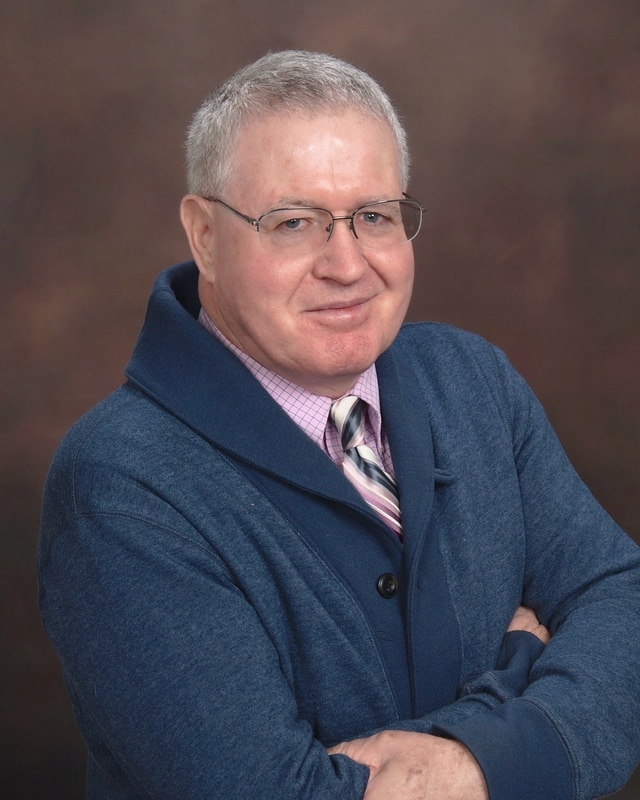February 26,2012
Dear XXXXXX
You have been on my concern list having read some of your posts, though I do not do any form of aggressive marketing to the group, as most already have health care providers, though if I had a magic wand, would screen a few, XXXXXXX is also on my worry list, and I worry about some who slowly sip the kool aide and end up getting an sijd fusion for a problem that comes from somewhere else. The marketing can be unintentional and very subtle. The name of the group should be changed to something that encompasses the entire spectrum of co-factors; especially the lumbar spine and hip, and gynecological...My philosophy, "Conservative care, put patient first," and above all “DO NO HARM.” Like I told my recent client, “people need information.” That is what I do as much as I do highly skilled manual therapy to the whole body, because injuries affect the WHOLE BODY. When one has complex sijd with a lumbar or thoracic spine as primary, or when the signs of sijd are simple false negatives, not the real cause, you can present as such. SIJD is a diagnosis of exclusion after the thoracic spine (rare disc herniation there) and thoroughly ruled out lumbar pathology, disc herniation, stenosis with impingement, radiculopathy, etc, then thoroughly clear the hips, and gynecology, you can go on and screen for sijd.
I perform very thorough whole-body evaluations including all of the above and my sij eval is much more thorough that the current standard, has been for 25+ years. The current tests are really not the “gold standard” that is being marketed. If ever in Las Vegas and you want an evaluation plus or minus treatment my work is complete within 1, 2, or 3 visits, going much further than standard PT and working very hard to make patients independent of me able to manage the sijd but of course need continued strengthening via formal PT or some program at home. You can read about it in the patient section at www.HeschInstitute.com
then: FOR PATIENTS
If I knew more about your condition, I could be more helpful, but the only way to do that is to invest a reasonable amount of time, I read the records you send and call you afterwards. This typically is accomplished in 30 minutes sometimes 45, rarely more. So a phone consult is done before we ever schedule a visit, and sometimes it does not need to go any further. I have helped a few in this manner and sometimes help means encouraging a specific workup that has not been done, and last week I discouraged someone from coming to see me because I know that his problem is neurosurgical/pathology that is beyond my advanced skill set. Sometimes the eval can be useful when a change of perspective is needed, as people do tend to “marry the diagnosis” and sometimes that will not and cannot satisfy in the long run. I do know the limits of my knowledge, a very important perspective all clinicians should embrace (when to refer, when this paradigm is not the correct one, etc.).
I hope this is helpful. Best advice; think outside the sijd box.
I do know that some do benefit from surgical stabilization, but dislike the failures of the marketing process, attracting some with WRONG DIAGNOSIS.
Best Regards,
Jerry Hesch

 RSS Feed
RSS Feed